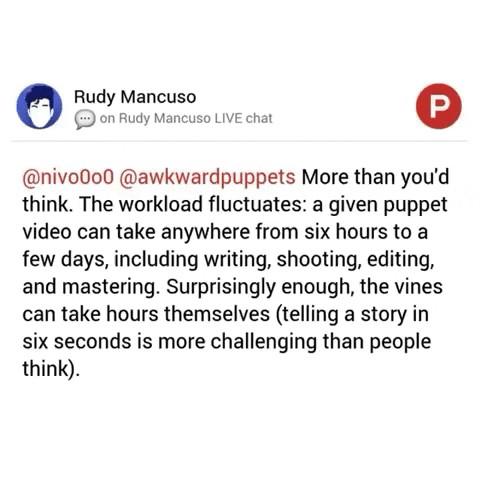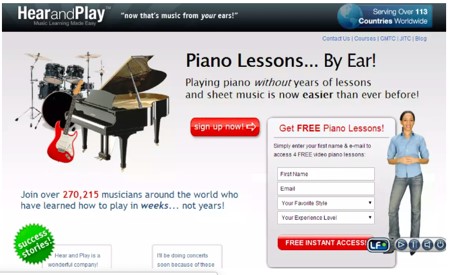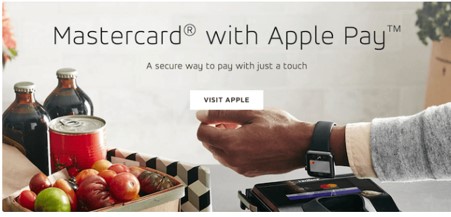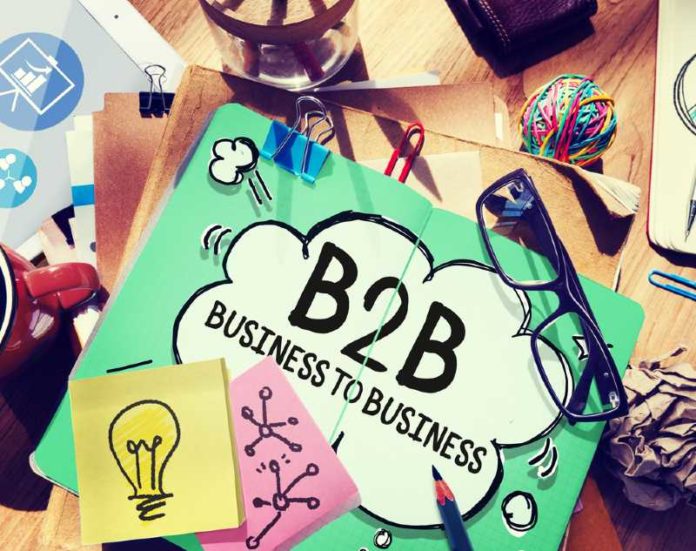Customers are the lifeblood of any business. Whether you are a B2C or B2B firm, you need a steady stream of customers to keep your company running. However, acquiring new customers is not as simple as it might seem.
Content marketing generates three times as many prospects as outbound marketing, but costs 62% less, Yet 61% of marketers say generating leads and traffic is their top challenge.
 Image Source
Image Source
What is B2B Lead Generation?
B2B lead generation means collecting potential leads by identifying prospective customers and gleaning the requisite information from them. There are many ways through which you can generate leads – via using social media, cold calling, creating content magnets, etc. The methods you choose will depend on your business goals.
5 Tips for an Effective Lead Generation Strategy in 2020
According to data, “Only 25% of marketing-generated leads are typically of a high enough quality to immediately advance to sales.”
Lead generation is one of the foremost challenges faced by marketers. However, generating leads is not enough to grow your customer base, because if you are not generating high-quality leads, your prospects are not likely to convert. Therefore, your focus should not just be on increasing lead volume but increasing the volume of quality leads that are likely to buy your product or service in the near future as well.
Below, we have presented five proven tips to develop an effective lead generation strategy for consistent and quality lead generation and improved marketing ROI in 2020.
1. Engage Site Visitors with Live chat
Did you know that two-thirds of your company’s competitive edge is based on the experience you deliver to your customers? No wonder, improved user experience on your site has a direct impact on your lead generation process.
Take the simple example of a prospective client who has landed on your site after conducting a Google search for a service they need. So, this visitor is already interested in your offering. Still, he or she may have specific queries regarding your product or service, which you can solve in real-time by connecting with him or her through live chat.
You can also use live chat software to procure critical details about your users, including their age, gender, location, and browsing history, which will enable you to share more personalized information with prospects.
 Image Idea: https://giphy.com/gifs/producthunt-zkiid6q4E9KNO
Image Idea: https://giphy.com/gifs/producthunt-zkiid6q4E9KNO
Besides using live chat for higher engagement and improved lead generation by educating your site visitors, you can also improve your customer service with live chat to make your existing customers happy. Live chat software enables your support staff to engage more than one customer at a time and saves you money by being almost 50% cheaper than phone calls.
That’s a win-win situation in every aspect, isn’t it?
2. Content Marketing
The latest B2B Content Marketing 2019 report by the Content Marketing Institute says that “93% of the most successful B2B content marketers report that their organization is extremely/very committed to content marketing.” The report also shares their secret to success, stating that up to 90 percent of successful B2B content marketers prioritize their audience’s informational needs over focusing on promotional content.
You can use this information to your benefit by creating genuinely useful content for your target audience in the form of blogs, videos, infographics, webinars, etc.
Besides designing and distributing exciting content, it is vital to optimize every piece of content to generate organic traffic. Here are some simple SEO practices to boost the visibility of your content:
- Conduct keyword research on websites such as Google Keyword Planner and Ubersuggest for an extensive list of keywords to optimize your content.
- Once you have the keywords, try to incorporate your primary keyword while developing a descriptive headline for your content.
- Organize your content accurately with H-level subheadings for higher SERP rankings.
- You must also add alt text to your images for better search ability and accessibility.
Another way for you to boost your lead generation process immediately is by creating lead magnets. A lead magnet can be understood as a valuable piece of content that you provide a prospect with, in return for something you want, like their email ID.
Some examples of lead magnets are e-books, free tools and calculators, case studies, free software trials, in-depth reports, etc. The aim is to provide a user with more information and value as compared to a regular blog, which must be highlighted in the offer to hook the users.
 Image source
Image source
3. Add Relevant Call-to-Actions (CTAs)
Let’s say you have published some excellent content on your blog, which will undoubtedly generate a lot of traffic. That’s great. Your visitors will appreciate the good work.
But what next?
They’ll leave without taking any action – unless you have a compelling CTA on every piece of content that directs the user to the next step, which is the action you want them to take after reading your content.
 Image Source
Image Source
Here are some tips to craft an efficient CTA for your content and landing pages:
- Use a different color on the page so that the CTA button stands out. “SAP found that orange CTAs boosted their conversion rate by 32.5%.”
- Write a specific call to action that gives your visitors clear and complete directions to follow.
- Use A/B testing to pick the best CTA for your content and continue testing to remain ahead of the curve. You can check out this list of top A/B testing tools on HubSpot.
- Be creative with the placement of your CTAs. For example, you can use exit-intent pop-ups with a compelling copy and CTA to bring back users who are just about to leave your site.
4. Invest Time and Money in Social Media
Social media is not only a good place to promote your brand and connect with your customers but also a useful lead generation tool. For example, Facebook Ads offer one of the most powerful paid advertising platforms to marketers. Facebook owns a growing repository of user data that it makes available to advertisers, allowing them to create highly targeted Ad campaigns.
You can also use pay-per-click (PPC) advertising to display your products and services when users enter keyword-relevant queries on Google, Yahoo, and Bing. PPC Ads are displayed on top of the search engine results page to attract user attention. The best part is that you only pay for PPC Ads when a user clicks on your advertisement that leads them to your landing page for lead generation.
5. Co-branding
Let’s assume you are a cloud-based services provider, and your main clientele are companies that deal with a large amount of data. To reach out to these companies with a more holistic offering, you can collaborate with another firm that offers a document management system and create a co-branding venture that will appeal to the target audience of both the parties.
 Image Source
Image Source
The co-branding venture between Mastercard and Apple Pay is one such example that benefited the users of both the brands.
Conclusion
Developing an effective lead generation strategy isn’t difficult but requires forward thinking on your part to identify your business goals and target audience, so you choose the right lead generation tools for your marketing strategy.
Depending on your business plan for 2020, you can incorporate some or all of the ideas mentioned above into your lead generation process to see a remarkable improvement in the quality and volume of your leads.
Ashwini Dave is passionate about Business, Entrepreneurship, E-commerce, emerging technology and Digital Marketing. She is working with Acquire as a digital marketing expert. She is a free soul and adventurous scholar who spends her free time with herself, loved once, music, as well as watching & playing sports. She is ocean addicted and on roads being a thrill-seeking traveler to get new experiences as she looks at life as our very own works of art. @ashwiniDave1.
B2B stock photo by Rawpixel.com/Shutterstock







